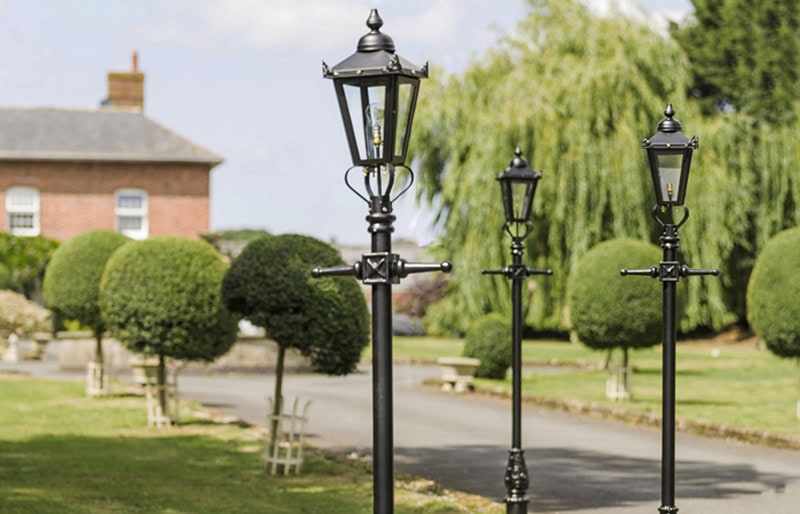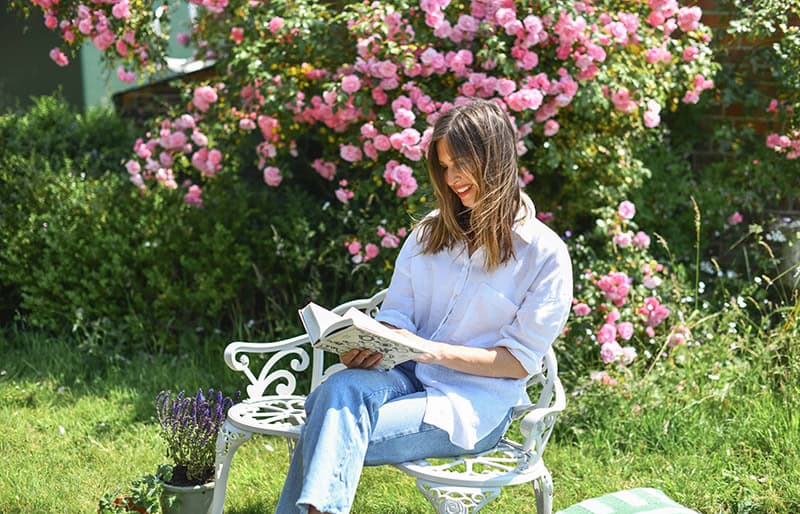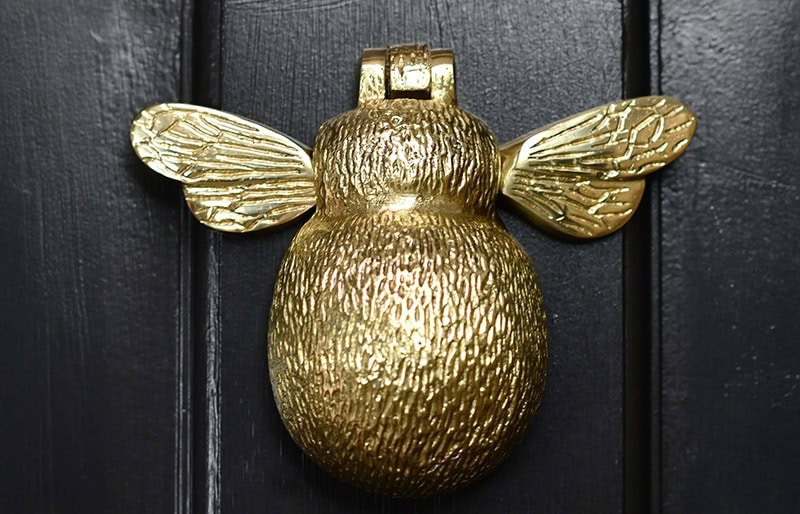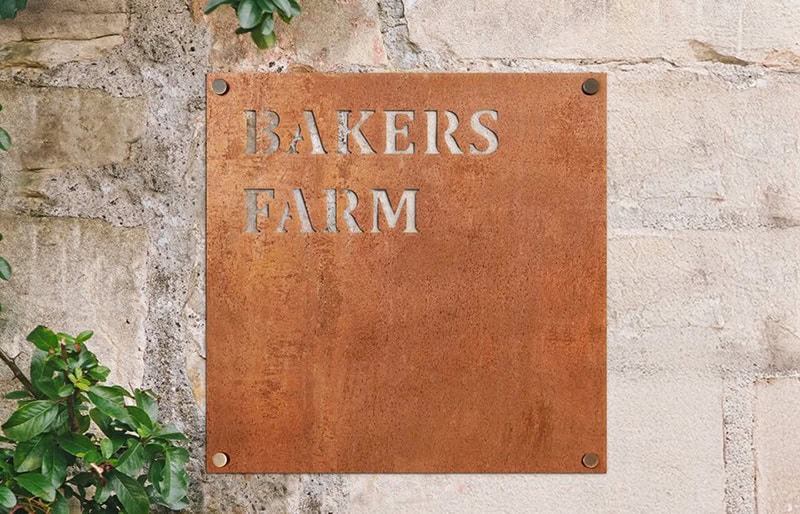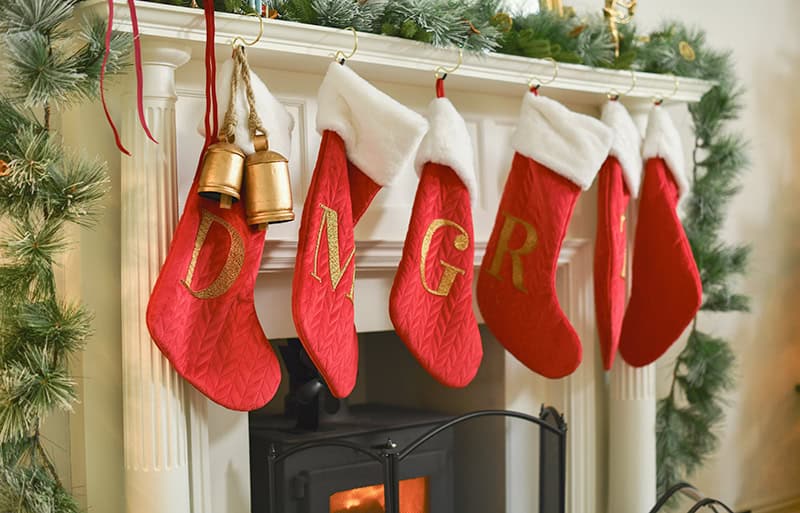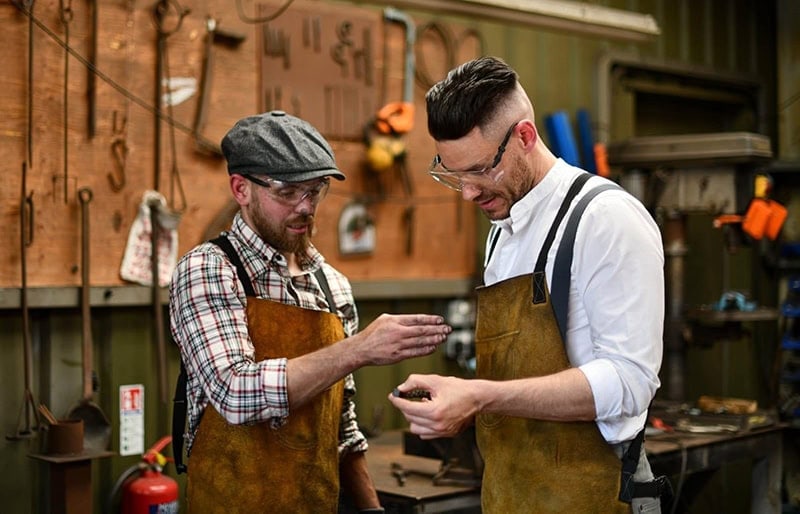
The post box, an iconic symbol of Britishness. Often featured on tourist booklets, postcards and Christmas cards within the snow, letter boxes have a vast history behind them. Read more about their history and learn how they became what they are today.
Prior to the introduction of roadside letter boxes, there were only two ways to post a letter. Senders would have to take their letter to a Receiving House, effectively an early version of the post office branch or would have to await a Bellman. Bellmen wore a uniform and walked the streets collection letters from the public, ringing as bell as they go to grab attention.
EARLY VERSIONS:
In the 1850’s, early versions of post boxes were in common in France and Belgium but had yet travelled overseas to the UK. It was not until 1852, that a trial version of the post box was approved in the Channel Islands, whereby four cast iron pillar boxes were installed on the island of Jersey. Only a year later, the post box trail was extended to the neighbouring island of Guernsey.
Considered a success, the post boxes began appearing on the mainland in 1853. It was at this time, that local surveyors were given the responsibility of design, manufacturing materials and colour, meaning that there was no set standard pattern of box. Through the years and with constant research and developments, the post box became the effective and iconic piece it is today.
COLOURS:
The original post boxes that were created and used in Jersey were red, however in 1859 all post boxes across the Channel Islands and the Mainland were standardised as green. However, there were so many complaints about the green finish whereby people couldn’t find them that they changed to red in 1874. It took 10 years to complete the re-painting programme and has since remained the colour of post boxes bar a few exceptions, for example some hometowns of Great Britain’s Olympic Winners from London 2012 were painted gold.

DESIGNS:
With so many designs across the country, the best way to ensure uniformity was to start with the design. With two sizes created, a larger, wider one for higher volume areas and a smaller, narrower one for everywhere else. Yet this proved unpopular amongst the public and a variety of versions since followed. In 1879, a further post box was produced, and was an early version of what we see today, a cylindrical box with rounded cap, a horizontal aperture under a protruding cap with a front opening door and painted black base. Some minor changes did occur throughout the 20th and 21st century, such as square and cast iron variants but this type of post box was the most effective of them all and became to be known as the iconic symbol we have today.
BUILT IN POST BOXES:
While pillar post boxes are the most popular form, in 1857 a cheaper, smaller version was created for villages and rural areas and thus the wall mounted post box was born. Rectangular, they were mounted either into existing walls or into purpose-built brick pillars. In 1980, the manufacturing of wall boxes was stopped as it became increasingly expensive to keep up with repairs to both walls and post boxes.



